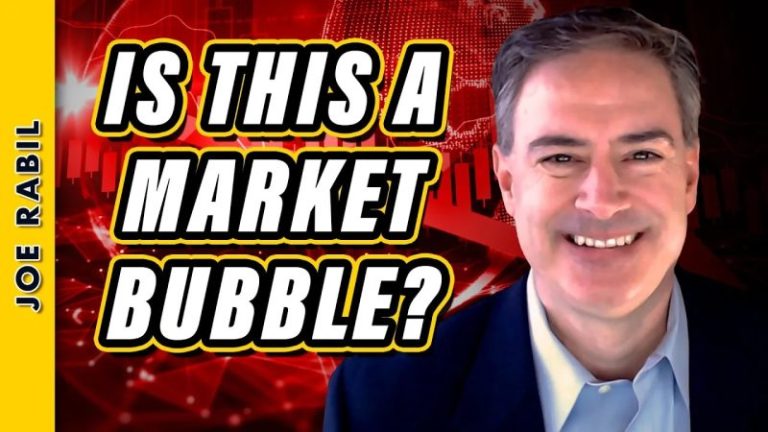Market Bubble VS Investor Mania: Understanding the Difference
Understanding the fine line between a market bubble and investor mania is crucial for investors seeking to navigate the volatile landscape of financial markets. While both phenomena involve excessive optimism and speculative activity, there are key distinctions that differentiate the two. By examining the underlying factors and characteristics of each, investors can make more informed decisions and better protect their portfolios.
A market bubble is typically characterized by a rapid escalation in the prices of assets, driven by optimism and overvaluation. This can be fueled by factors such as low interest rates, easy access to credit, and widespread market euphoria. In a bubble scenario, investors tend to ignore traditional valuation metrics and base their investment decisions on the expectation of further price increases. This can result in unsustainable price levels that are not supported by the fundamentals of the underlying assets.
Investor mania, on the other hand, is a more extreme form of speculative behavior that goes beyond the typical dynamics of a market bubble. It is characterized by irrational exuberance, herd mentality, and a willingness to take on excessive risk. In a mania, investors may exhibit extreme levels of optimism and exhibit a fear of missing out on potential gains. This can lead to a frenzy of buying activity, pushing prices to unsustainable levels and creating a self-reinforcing cycle of speculation.
One key difference between a market bubble and investor mania is the level of rationality and self-awareness among participants. In a bubble scenario, investors may still retain some sense of caution and risk management, even as they participate in speculative activity. In contrast, investor mania is often marked by a disregard for risk and a belief that prices will only continue to rise.
Another distinction lies in the duration and intensity of the phenomenon. Market bubbles can persist for an extended period, gradually inflating before eventually bursting as investors come to realize the unsustainable nature of asset prices. Investor manias, on the other hand, tend to be more short-lived and intense, with prices experiencing rapid and dramatic fluctuations.
It is important for investors to be able to identify the signs of a market bubble or investor mania in order to protect their portfolios from potential losses. This involves conducting thorough research, maintaining a diversified portfolio, and being cautious of speculative trends and excessive optimism in the market.
In conclusion, while market bubbles and investor manias share common characteristics of excessive optimism and speculative activity, there are important distinctions between the two phenomena. By understanding these differences and remaining vigilant, investors can better navigate volatile market conditions and make informed decisions to safeguard their investments.



